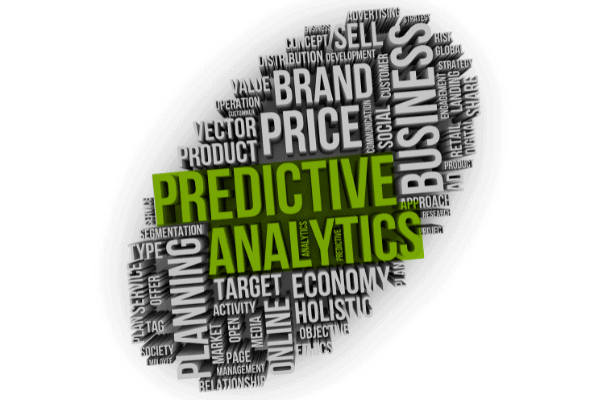Big data and analytics have become critical to how business decisions are made today. Much has been said about the performance of data-driven organizations; they are 23 times more likely to attract new customers, six times more likely to retain customers, and 19 times more likely to be profitable. What business executive wouldn’t want that?
But choosing analytics platforms and knowing how exactly to use them can be confusing. Benchmarks show that the top performers utilize these platforms very strategically as opposed to an IT or pure marketing play. How to integrate insights and create organizational change to drive business growth is the real question.
Most companies still rely on internal data — a mistake, according to Jorn Lyseggen in his book Outside Insight: Navigating a World Drowning in Data. As he points out, transactional and internal data is great for representing what was sold and the real cost of goods, but ultimately, it only provides “lagging” insights.
Futuristic or predictive insights about what will be sold tomorrow can only come from a myriad of external sources: understanding forward-looking consumer trends, changing demographics, and competitor insights. External data provides an unbiased view, a continuous lens into what is happening outside the company, and if used strategically, it can unleash powerful new corporate directions.
Below are just a few examples of how an externally-focused data analytics platform like Skai can be used across an enterprise to inform product strategies:
Identify underserved opportunities
Compare levels of consumer discussion against products that are already in-market to identify under-addressed consumer needs. The information can help manufacturers home in on gaps where consumer demand outpaces available products, allowing market leaders to take immediate action and gain a first-mover advantage to unlock new business opportunities.
Shape winning products
Understanding consumer demand and sentiment surrounding key attributes can inform new product development. Using advanced analytics in this way gives a continuous voice of the customer feedback loop into the company, overcoming the challenges of relying solely on focus groups or social media data that is often difficult to translate into meaningful insights.
Quantify growth potential
Spending trends and point-of-sale data provide more precise predictions on future growth. Integrating this type of data into an advanced analytics platform along with other inputs like influencer posts, product reviews, blogs, forums, and social media provides a more accurate, 365-degree perspective of how consumers will use their money.
Monitor competitive developments
Keep a handle on what the competition is doing — from known brands to emerging players. Stay up to date with information on product launches, product improvements, new campaigns, partnerships, investments, regulatory news, geographic expansion, M&A, new solution types, legal developments, new ingredients, product recalls, awards, and more. The ability to tap into thousands of external data sources helps ensure a more complete picture of what is happening in the market.
Nail product positioning
Understanding what product benefits are most appealing to your customers will help streamline marketing efforts and drive more revenue. Advanced analytics based on external data is like continuous market research that links together actual sales data along with consumer sentiments. The output helps market leaders differentiate themselves in the market, and being able to have this information continuously at your fingertips can make you more agile and responsive to changing consumer sentiments.
————————————–
*This blog post originally appeared on Signals-Analytics.com. Kenshoo acquired Signals-Analytics in December 2020. Read the press release.





